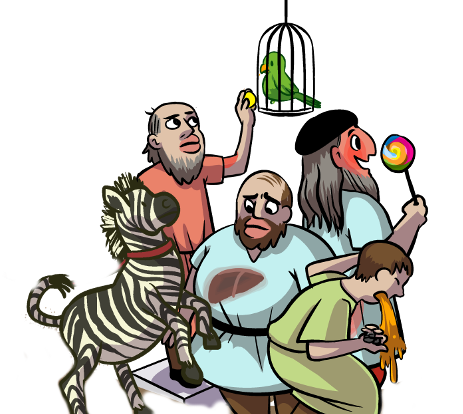Junior resident tips and tricks
Best practices, pro tips, and mistakes to avoid
Your relationship with scrub tech and circulator
Enunciate. Don’t mumble. State clearly what you want. Also state clearly what you will want soon. Be consistent in how you ask for each category: “may I have 3 punch please”, “we will need a 3 punch soon”. Whatever feels natural, keep doing it that way so that the scrub tech can recognize the key phrase even when they are turned to the back table.
Please and thank you. When things are slow and smooth, adding these little niceties now and then keeps things pleasant. When things are moving fast, it’s understandable there is no time and these phrases should be dropped for efficiency, or simply when it seems excessive. It’s all about respect and appreciation.
Gently state your preference. Scrub techs are obsessive about clearing the instruments off the near field and putting them back on the mayo stand or back table. If you’re going to be going between two instruments over and over, ask “may I place this here for a moment” to indicate you want an instrument to remain nearby and not be cleared right away. Follow up soon to “release” the instrument back to the tech, and thank them for allowing you to hang onto it longer. It’s just good to show deference here. They are doing their best to keep an orderly environment. Don’t make it a power struggle.
Functional & Stereotactic
- Hemostasis before proceeding. When working through a stereotactic burr hole, don’t place your stabilizing plate or cover until you have hemostasis. Same for any procedure where you’re operating down a deep dark hole. Control even a trickle hemorrhage from the galea before moving forward. Otherwise you’ll be fighting for visibility.
Emergency craniotomy
Which side? While everyone is scrambling to setup, you need to be repeating to yourself which side you’re operating on (left or right), because if you screw that up, you will be famous. Let everyone do their job while you calmly confirm imaging and mentally rehearse.
Pulling drains
JP Pull slowly so you can be sure you’re not getting caught by a stitch or causing a bleed. Leave open the small wound. Grab and pull as proximal (to patient) to reduce risk of breaking. If oozing or trickle bleed, then consider placing a small gauze bandage. Preferable to place in red environmental hazard bag since non-trivial blood.
EVD The drain should already have been clamped before the decision was made to withdraw. CloraPrep the area. Under sterile conditions, place a 3-0 monocryl stitch to close the opening in a figure-eight. Withdraw the catheter slowly–it’s the brain! Tie off your stitch. Place catheter and bedside drain in red hazard bag.
Closing
Closing the dura. If using pericardial implant for decompressive craniectomy, lay it down so that later cranioplasty dissection doesn’t go into brain. Fit the inlay around the temporal angle before worrying about frontal/parietal layout. Don’t cheat yourself.
